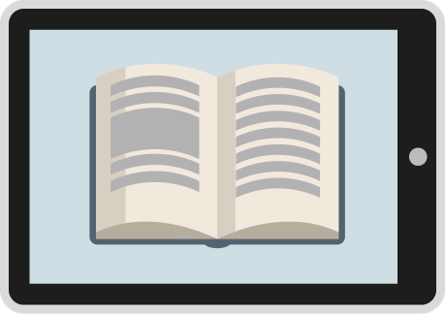Action learning makes us smarter about practice
Action learning creates spaces for wonder and opens up new communities of practice, transforming traditional themed or product-oriented arts and culture programmes into new experimental ways of working in children's everyday lives.
We have chosen action learning as the overarching method for developing practice in PlayArt. Action learning is about being curious, wondering, observing and reflecting in your own practice and learning from your own processes and experiences. The method supports professional development and competence enhancement for all parties involved and ensures a common language across disciplines.
PlayArt is also about creating a shared familiarity with the artistic material by giving to the investigative processes. In the past, it has been an eye-opener for many how play and aesthetic processes are linked, and that it is okay not to always know where activities lead.
At PlayArt, one of our mottoes is: we develop practice in practice. We have no checklists and no one knows for sure where we will end up. For PlayArt is what happens in each day care centre in the meeting between children, educators and artists. And each programme is unique.

Watch a video on how to work with the PlayArt model of action learning



About action learning in PlayArt
Each day care centre works with at least one of the PlayArt models, which you can read more about below. The work with the action learning is supported by the municipal PlayArt supervisors, who receive sparring for the processes from the regional PlayArt coordinators, who are all affiliated with a teacher training.
In PlayArt, we base action learning on the following five steps in the process:
STEP 1: WONDERING
You examine your own practice with a view to discovering something that arouses wonder and curiosity, something you want to explore.
STEP 2: PLANNING
The Action Learning Group will design a programme based on what you have chosen to explore, the challenge you want to address. You will draw up a process plan, including agreements on who will keep the log and on the form of documentation and reflection.
STEP 3: ACTION
You carry out activities with the children, with a common focus on what needs to be explored and addressed.
STEP 4: OBSERVATION AND DOCUMENTATION
Along the way, each of you notes what happens and observes how the chosen activities affect what you want to explore/address and makes sure to document your observations through logbook notes, practice narratives, photos and video.
STEP 5: REFLECTION
In the action learning group, you share knowledge with the other people involved, based on the documented observations. From this, new wonders arise, which call for new planning and new activities...and a new action learning process is set in motion...
I PlayArtProcess Manual you can read more about action learning in PlayArt, and you can also use the book as a tool for your programme.







